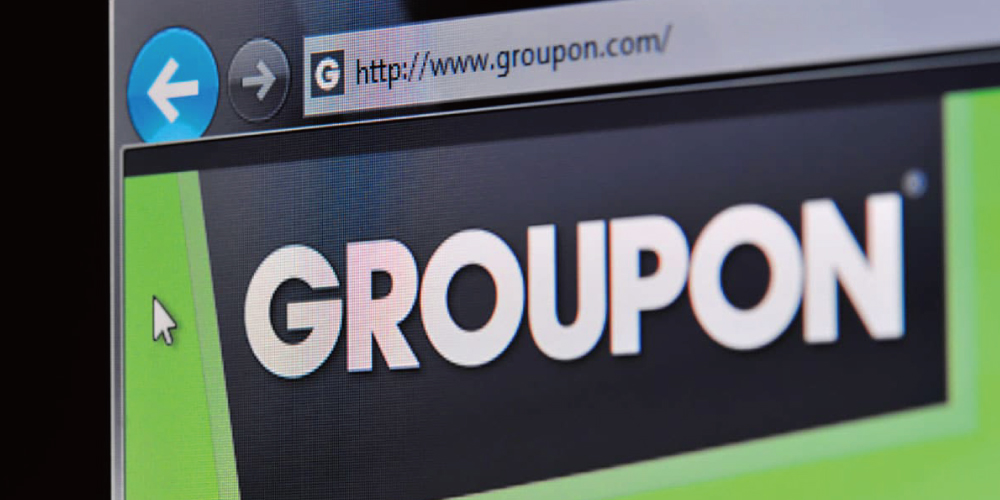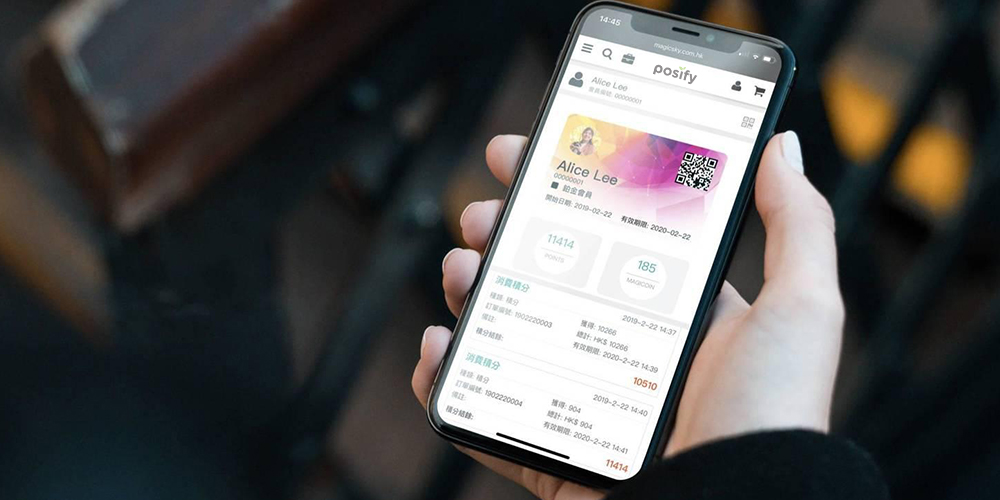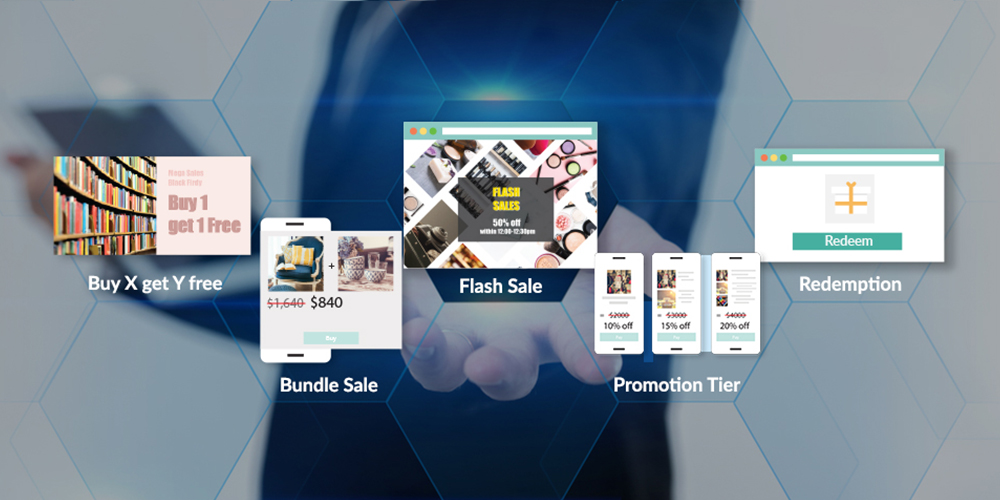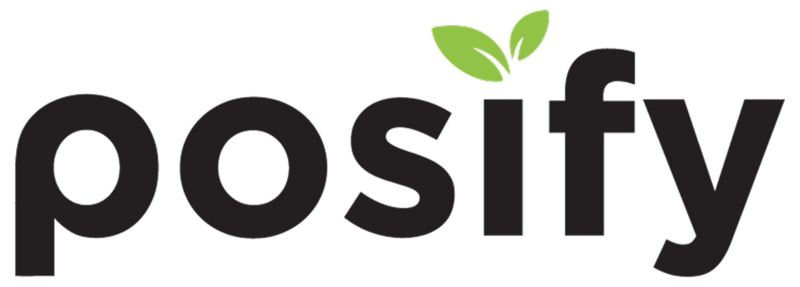Does Giving Out Discounts Really Improve Your Business?
Let’s face it, we all love a great deal, especially after seeing how much we are saving if take the deal. The prospects of having a great deal were so strong back in the 2000s, that it led to the meteoric rise of Groupon, the kings of providing great deals.

Source: Shutterstock
However, that is not to last for long…
Within a few years from their inception, the business took a nose dive to oblivion. What happened to the company that Google wanted to acquire for USD 6 Billion in 2010? What happened to the company that had reached IPO in 2011?

Source: thewisemarketer.com
This is where we are going to breakdown the effectiveness of discounts and promotions, and see what we can do to perform it effectively.
What did Groupon’s promotions actually did for customers and vendors?
While Groupon’s promotion mechanism did pull a huge crowd and buyers in, it was not all sunshine and rainbows for the vendors who needed to execute the deals being sold. The first cracks of the company’s business model started with their vendors complaining about the deals being ineffective in keeping customer traction. The customers who did buy deals at amazing low prices did not build loyalty towards the vendors, but constantly kept on moving to the next amazing deal available. So while customers continue to enjoy great deals, the vendors are left to service this deals at very little margin (and sometime without profit margins). This led to a mass exodus of vendors participating in Groupon deals and Groupon having to pour in millions to get vendors to offer their services in Groupon. Eventually the pressure was too big for Groupon, which led to their closure.
“Discounts and Promotions can bring in the crowd, but it does NOT build customer loyalty.”
I am not saying that discounts and promotions are bad but you should have a plan on how you want to build traction once a customer has enjoyed that discount. Just giving discounts at times gives a bad message about your products. For example, it may make your customer think if:
- Does your product really bring the value it should be bringing?
- Is there a defect on the product, hence the discount?
- Is this shop trustworthy? Did they just raise the base price and used a discount to entice me?
In fact, an article published by Harvard Business Review shows that rewards that are given have short-term effects, but a reward that is earned gives a long-term impact. What this means is that by rewarding customers based on their actions, instead of just giving it for free, is the better way of providing discounts and promotions.
So what are examples of discounts and promotions that requires customers participate in to reap the benefits?

Source: Designed by Posify
- Customer Loyalty Programme
There are many ways to run this programme but the best rules to keep in mind is this:
- Customers need to spend X amount in a Y period of months to maintain their Membership status so as to continue enjoying Z discount
- There should be tiers to reward different level of membership which could bring bigger discounts
- Upselling Promotions
The idea of discounts mostly works when the deal is of a sizeable amount. Giving discounts on single items does not benefit the business as the profits from that deal is not enough to sustain the business. However if the deal is sizeable, the discount is warranted. Hence apply discounts and promotions if customers buy in bulk, or buys related items in a single purchase
- Vouchers and Credits
Vouchers and Credits are great ways to keep customers coming back. Assuming after an initial purchase, issue a voucher than grants customers a discount when they purchase again.
As for credits, allow customers to take back store credits at a discounted rate. This way you can first obtain the money, and customers are allowed to spend their credits at any time.
So here are the best ways to run discounts and promotions, but it does seem that the bookkeeping needed to track all the discounts will be a headache.
This is where Posify comes in!
Posify – Supports more than 100 types of Promotion Combinations

Source: Designed by Posify
With Posify’s Promotion Module, you can create over 100 types of promotion combinations as well as Vouchers which are trackable using QR Code. Let Posify manage the vouchers that have been used and issue new vouchers when needed.
Best of all, Posify also provides a Customer Relationship Management (CRM) functionalities and Customer Loyalty Programme features to help manage your customer list. Through his feature, Posify allows you to easily design your customer loyalty programme and assign customers to their different tiers based on their purchasing frequency. No need for complicated programming!
If you would like to know more about how Posify can help you create better promotions, please visit https://bit.ly/2lVLs9d
Disclaimer
The information contained in this blog is for general information purposes only. We are not responsible for any consequences caused.





